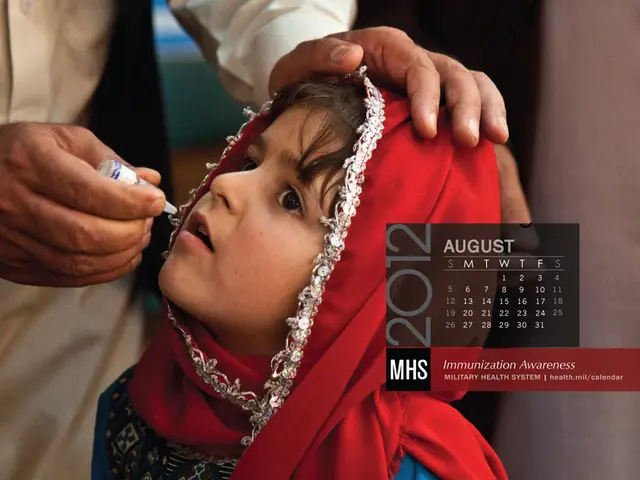Distinguishing Age Spots from Skin Cancer: Recognizing the Key Differences
Chatty, Straight-Up Gist on Age Spots, Skin Cancer, and Actinic Keratosis
Skincare concerns can be a real pain, and keeping track of which spots are harmless and which aren't is a bummer. Here's a lowdown on age spots, skin cancer, and actinic keratosis with some helpful tips to keep your skin in tip-top shape.
Age Spots
Age spots, sometimes called solar lentigines or liver spots, are small patches that make your skin appear darker than surrounding areas. They're generally flat, smooth, and not itchy or crusty. Age spots form when your body produces extra melanin, a pigment that helps protect your skin from the sun's rays. They typically happen from middle age onward and are more common on light skin.
Skin Cancer
Skin cancer is a type of cancer caused by damage to your skin cells from UV radiation and other environmental or genetic factors. Like age spots, skin cancer grows in sun-exposed areas, but it's not cool. Unlike age spots, skin cancer is dangerous and can spread to other parts of your body.
The three most common types of skin cancer are basal cell carcinoma, squamous cell carcinoma, and melanoma. Remember, the key difference between age spots, actinic keratosis, and cancer is that cancer can change over time, while age spots generally don't.
Actinic Keratosis
Actinic keratosis is a precancerous growth caused by UV radiation damage—it looks similar to age spots. These rough, scaly patches can be red, pink, brown, or tan. If left untreated, actinic keratosis can develop into squamous cell carcinoma.
Wanna Know More?
Keep an eye on any new or changing marks on your skin. If you notice potential signs of skin cancer, consult a healthcare professional. By detecting skin cancer early, treatment can be more effective. If you're curious about age spot treatments, a dermatologist can recommend options to help reduce their appearance.
Now You Know
By learning the differences between age spots, skin cancer, and actinic keratosis, you're empowering yourself to keep tabs on your skin's health. Whether you're lounging by the pool or soaking up the sun, remember: protection is key to keeping your skin radiant and blemish-free for years to come!
- In dermatology, cancer is one of the medical conditions that arises due to damage from UV radiation and other factors, posing a greater danger than age spots which are harmless skin patches that appear darker and are more common in seniors.
- Melanoma, a type of skin cancer, differs from age spots and actinic keratosis as it can change over time, making it crucial to keep track of any new or changing marks on the skin.
- Science has identified actinic keratosis as a precancerous growth, similar to age spots yet caused by UV radiation, and if left untreated, it may develop into squamous cell carcinoma, another form of skin cancer.
- For those seeking advice on medical-conditions like age spots and skin cancer, visiting a healthcare professional can provide valuable information on treatment options, while maintaining overall health-and-wellness and practicing proper skin-care are essential in managing skin-conditions and maintaining healthy skin.
- Skin-care isn't limited to addressing cosmetic issues; it also involves keeping an eye on skin-conditions like age spots and potential signs of skin cancer, ensuring everyone enjoys radiant, blemish-free skin through proper awareness and protection.








